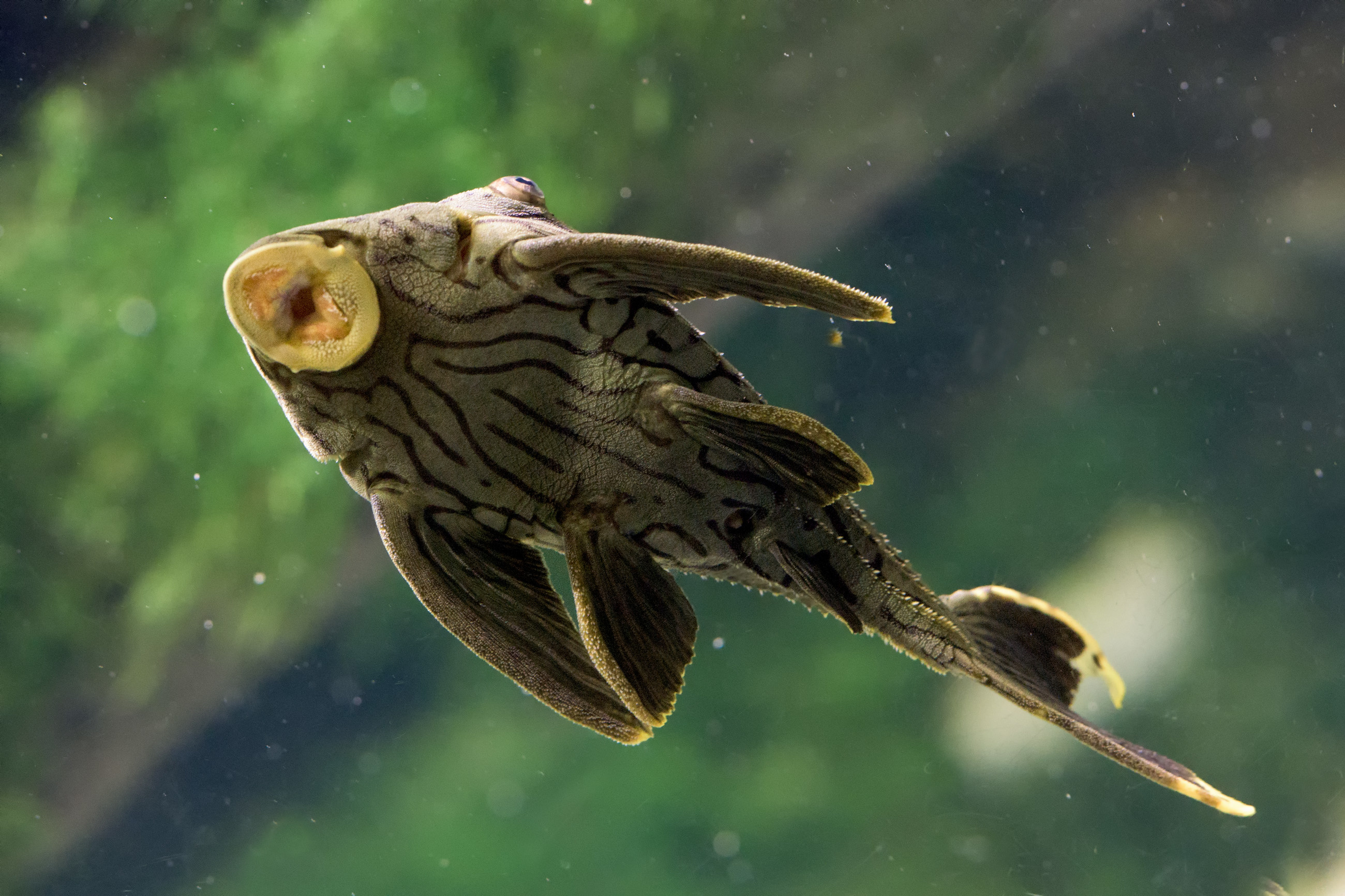
Furthermore, in striped red mullet, gill raker appeared as short projected body with high number of rod-like spines. By SEM in grey gurnard, gill raker appeared as a round short projected body with high number of curved apex spines. By SEM, in striped red mullet, the smooth surface of gill arch and gill rakers was characterized by the presence of high number of taste buds. There are some similar structure on the gill arch of two fishes as no angle between a ceratobranchial part and epibranchial part and also the gill arch has a region of many longitudinal microridges demarcated the region between gill rakers and gill filaments. Our results marked that there was an interbranchial septum carrying a four transverse elevated crest in grey gurnard while in striped red mullet carrying a median longitudinal elevated crest. Our study focused on the scanning electron microscopical (SEM) features of the gills, where some differences in the gill arches and gill rakers surface in both species were observed. The gill system of the grey gurnard consisted of four pairs of gill arches while consisted of three pairs of gill arches in the striped red mullet.

gurnardus) that showed the same feeding habits.

The purpose of the current investigation was to describe the gill morphology of two bottom feeders Mediterranean Sea fishes: Striped red mullet fish (M.

Gill Morphology in Two Bottom Feeder Mediterranean Sea Fishes: Grey Gurnard Fish ( Eutrigla gurnardus, Linnaeus, 1758) and Striped Red Mullet Fish ( Mullus barbatus surmuletus, Linnaeus, 1758) by Scanning Electron Microscopy.


 0 kommentar(er)
0 kommentar(er)
